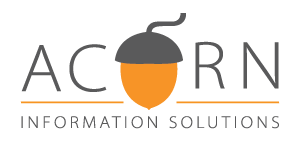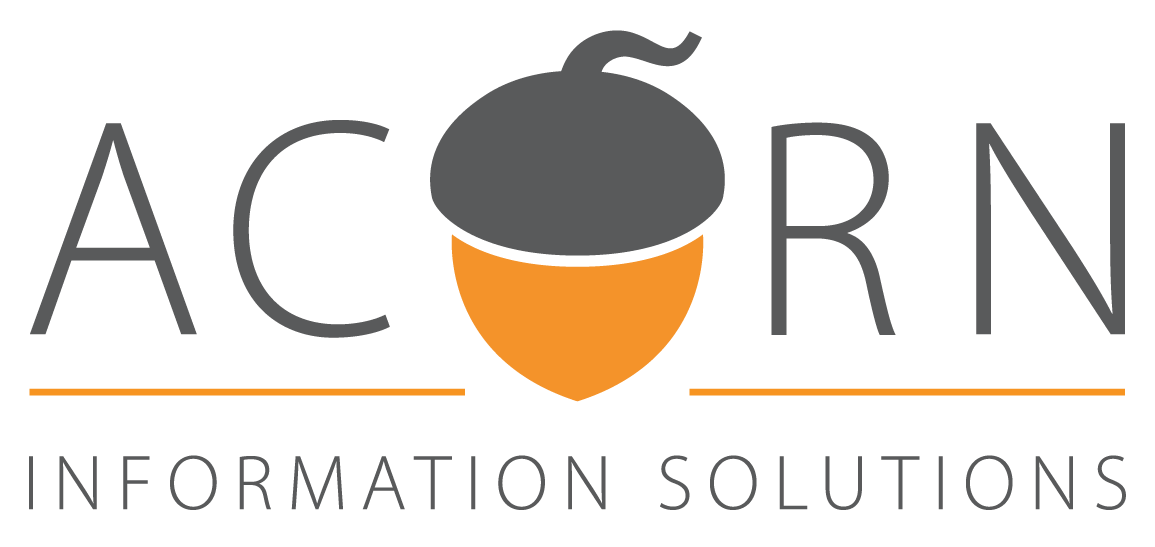Child Care and Early Years: Mapping Solutions for the Community's Most Vulnerable
Social service professionals help vulnerable people and families every day through many different community programs and services.
One of the key functions of social service agencies is to address the needs of children so they can reach their full potential, leading to the long-term success of the community. To support this effort, the District of Sault Ste. Marie Social Services Administration Board (DSSMSSAB) is tasked to provide parents, caregivers and children with health, education, social supports and specialized services to encourage the healthy development of children and early learning.
The Challenge
Acorn acts as the Data Analyst Coordinator for the DSSMSSAB. Central to their role with the social service agency is creating detailed reports on the performance of current programs and services along with key population metrics, service utilization metrics, socioeconomic indicators and data related to the learning and development of children. This data is used to measure progress in the community and determine where work is needed so social service organizations can best serve the public.
The Solution
Using the CIU’s aggregated data sets and spatial analysis tools, Acorn generates a comprehensive collection of information and maps to assist the DSSMSSAB in identifying the strengths, gaps, and opportunities in programs to promote the health of families, the physical environment in the community, and early years education and childcare.
Data is provided to the DSSMSSAB in various reports and booklets and includes:
- The latest population, family and income data from the Census of Canada
- Population projections
- Participation metrics across programs and services available to families, including Triple P and childcare services
- Locations of EarlyON Child and Family Centres and data related to visits
- Ontario Marginalization Index data showing the locations of vulnerable populations
- Socioeconomic risk data showing populations with higher social risk
- Early Development Instrument data
- Social housing locations
- EQAO results
This data provides transparency for the delivery of services. It identifies where community members are accessing programs, demonstrates areas where the most vulnerable would benefit, provides information used to engage more families, and acts as a catalyst to put plans in place that lead to the best possible outcomes for citizens.
For example, by looking at the age distribution within a population and population projections, the DSSMSSAB can not only identify the current needs of the community (i.e. demand for childcare facilities or EarlyON Centres) but also the future needs of this population as it changes over time. The social services administration board can also use population data derived from the CIU to identify Indigenous or Francophone children that may benefit from language and culture-specific programming.
Additional information found in the latest Child Care and Early Years Environmental Scan includes identified gaps in access to municipal or schoolyard parks, potential available program space, and performance data on special needs services and library programming.
The Environmental Scan can be found here.
Benefits
Through the CIU, Acorn can compile a detailed report that the DSSMSSAB uses to create population-driven solutions. The Sault Ste. Marie Child Care and Early Years Report identifies service gaps and provides an efficient, data-driven assessment of the needs of service within the community. This report is key in providing policy decision support and is an effective tool to secure funding for new programs.
Be sure to take a look at our
Terms of Use and Privacy Policy.
The Sault Ste. Marie Innovation Centre is committed to providing an accessible website. If you have difficulty accessing content, have difficulty viewing a file on the website, or notice any accessibility problems, please contact SSMIC to specify the nature of the accessibility issue and any assistive technology you use.
SSMIC will strive to provide the content you need in the format you require.
SSMIC welcomes your suggestions and comments about improving ongoing efforts to increase the accessibility of this website. Please contact us at
info@acorninfosolutions.ca
Subscribe to The Sault Ste. Marie Innovation Centre Newsletter and get updates from Acorn Information Solutions
Newsletter Sign Up
We will get back to you as soon as possible.
Please try again later.




